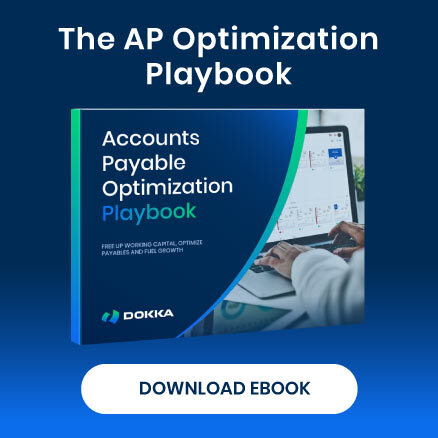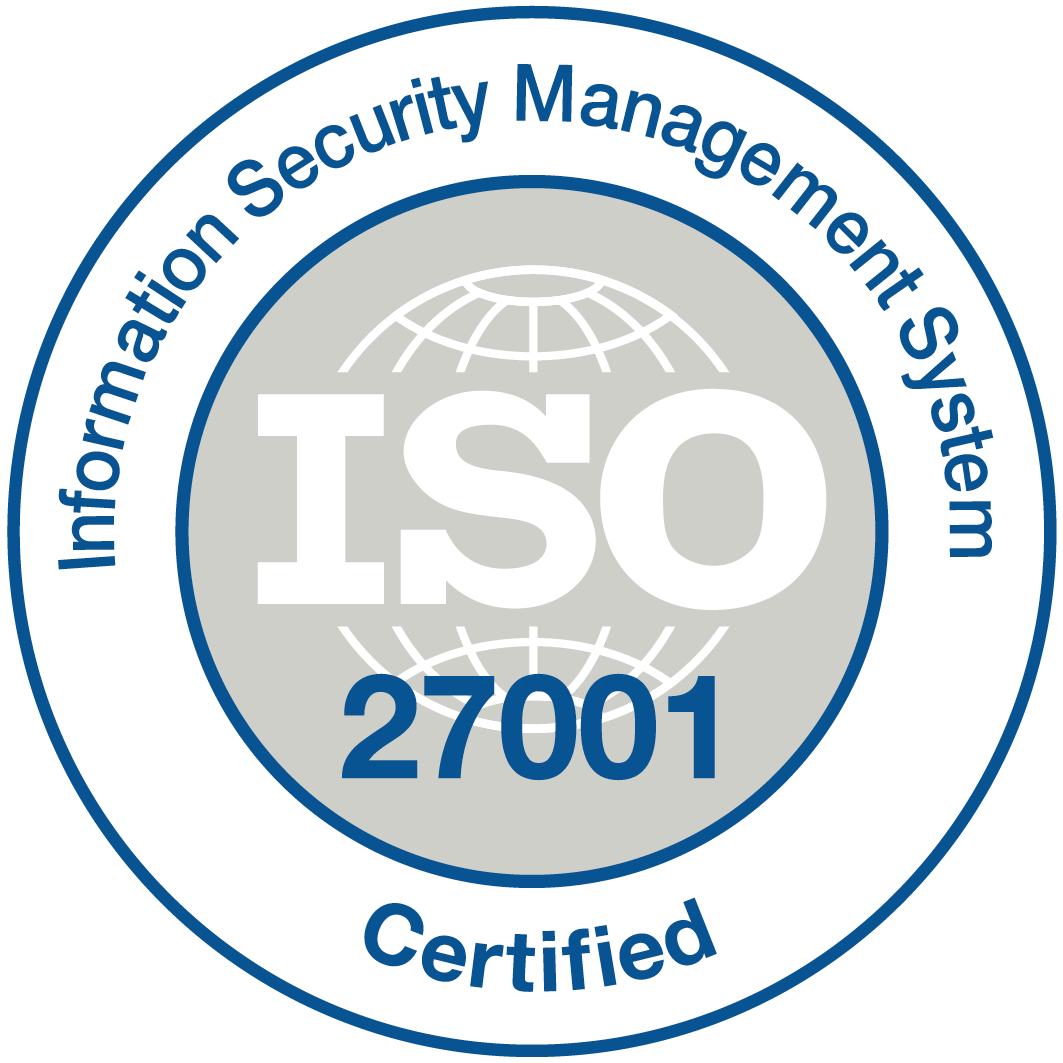Running a small business is exciting, but behind the scenes, managing finances and keeping track of vendor payments can be a headache.
Many small businesses start by handling invoices manually. A supplier emails an invoice, someone downloads it, enters the details into a spreadsheet, and sets a reminder to pay. When the due date arrives, they log into their bank or write an e-check, send the payment, and (hopefully) remember to record it properly in their accounting system.
At first, this process seems manageable, right?
But as the business grows, so do the number of invoices. Suddenly, there are dozens of due dates to track, payments to approve, and expenses to reconcile. Mistakes start creeping in—duplicate payments, missed deadlines, or invoices buried in an inbox. The time spent searching for old invoices or chasing down missing payments eats into valuable hours that could be spent on sales, product development, or customer service.
When things get out of control, many business owners start looking for AP automation solutions to streamline their workflow. For one simple reason—to make their lives easier.
With automation, invoice data is captured automatically, eliminating the need for manual entry. Payments can be scheduled in advance, ensuring nothing gets overlooked. If approvals are needed, the software routes them instantly, avoiding delays. Everything syncs with accounting software, keeping financial records up to date without extra work. Instead of scrambling at the end of the month to track payments, business owners get a clear, real-time view of their cash flow.
The result? Less stress, fewer errors, and more time to focus on growing the business.
AP automation isn’t just for big corporations. It’s also an accessible, affordable tool that helps small businesses stay organized, avoid costly mistakes, and run more efficiently—without drowning in paperwork.
What’s Holding Small Businesses Back from Adopting AP Automation?
While the benefits of automating invoice processing are clear—saving time, reducing errors, and improving overall efficiency—many small businesses are still hesitant to make the switch. Why?
Several concerns hold them back, including the upfront costs of implementing new software, potential technical challenges during the transition, and fears of disrupting existing processes. Some business owners also worry about data security or whether automation will truly meet their unique needs.
- Cost: “It’s Too Expensive”
Many business owners assume automation is only for large companies with deep pockets. They worry about high upfront costs, subscription fees, or hidden charges.
However, the reality is quite different. Many AP automation tools offer affordable, scalable plans tailored for small businesses. Some even provide free tiers or pay-as-you-go pricing, ensuring that companies of all sizes can access automation without breaking the bank.
Recently, our co-founder Eric was asked whether it’s necessary to measure the ROI of AP automation. He explained that when factoring in the time and money saved by reducing manual errors and inefficiencies, automation often pays for itself.
- Need: “We’re Too Small for This”
A common misconception is that AP automation is only necessary for businesses managing hundreds of invoices per month. However, even those with just a handful of vendors can benefit from time savings, fewer errors, and improved cash flow visibility.
Small businesses, in particular, stand to gain the most. Since they often operate with lean teams, automating accounts payable frees up valuable resources that can be redirected toward other critical areas, such as growth or product development.
- Fear of Technology: “Switching Will Be Too Complicated”
Some business owners hesitate to introduce new technology into their workflow, fearing a steep learning curve, integration issues, or a complicated setup.
Modern AP automation tools are designed for ease of use, featuring intuitive dashboards, step-by-step onboarding, and seamless integrations with most popular accounting software or ERPs. Many platforms even offer free trials or demos, allowing businesses to test the solution before committing—making the transition smoother and risk-free.
- Old Habits: “We’ve Always Done It This Way”
Change can be difficult—especially for businesses that have relied on the same processes for years. However, continuing to manage invoices with spreadsheets, emails, and manual reminders isn’t just inefficient, it’s risky. Missed payments, lost invoices, and costly errors can add up quickly.
As more vendors and financial institutions shift toward digital transactions, companies that cling to outdated processes may find themselves at a disadvantage. Embracing automation isn’t just about improving efficiency; it’s about future-proofing the business for long-term success.
The Bottom Line
The barriers preventing small businesses from adopting AP automation are often based on misconceptions. While concerns about cost, complexity, or resistance to change may cause hesitation, the benefits far outweigh the perceived challenges.
With affordable pricing plans, user-friendly interfaces, and seamless integrations with existing accounting software, AP automation is more accessible than ever for all businesses looking to streamline their accounts payable processes.
Now the question is – how do you choose the best software for your business?
Here is a list of the most popular solutions.
Best AP Automation Software For Small Businesses
- DOKKA
- QuickBooks
- BILL
- Ramp
- Melio
- Corpay one
- Plooto
1) DOKKA
DOKKA is an AI-powered AP automation solution that simplifies invoice processing, document management, and accounting integration. It streamlines the entire accounts payable workflow, from data capture to approval processing. Notably, DOKKA is the only solution on the market that combines AP automation with financial close automation.
By reducing the manual effort required for invoice processing, DOKKA helps small businesses save time and minimize errors. Its AI-driven data extraction and automatic categorization enhance efficiency, ensuring accurate bookkeeping. Seamless integration with various accounting software and ERPs enables real-time invoice processing and management.
Key Features of DOKKA:
- AI-driven invoice scanning and data extraction
- Automated approval workflows
- Seamless integration with QuickBooks, Xero, and other accounting tools and ERPs
- Cloud-based document storage and organization
- Smart, Google-like search for quick invoice retrieval
- Multi-user access with role-based permissions
2) QuickBooks
QuickBooks is a widely used accounting software that includes AP automation features to help businesses manage their finances efficiently. It simplifies invoice processing, bill payments, and financial reporting, making accounts payable management seamless.
With QuickBooks, small businesses can automate their AP process by scheduling and tracking payments, ensuring vendors are paid on time while maintaining accurate financial records. Its robust integrations with banks and financial institutions provide real-time cash flow insights, along with comprehensive GST and VAT tracking.
Key Features of QuickBooks:
- Automated bill payments and invoice tracking
- Easy data migration from Excel, Xero, Sage, Wave, or FreshBooks
- Expense categorization and real-time financial reporting
- Mobile access for on-the-go management
- Integration with third-party apps for inventory management, e-commerce, and more
3) BILL
BILL (formerly Bill.com) is a comprehensive AP and AR automation platform designed for small and mid-sized businesses. It offers features to create and pay bills, send invoices, manage expenses, control budgets, and access credit for business needs.
With BILL, small businesses can automate their entire accounts payable process, from invoice creation to payment. Its cloud-based platform enables easy collaboration with vendors and automatic synchronization with accounting software.
Key Features of BILL:
- Automated invoice scanning and approval workflows
- ACH, wire transfers, and check payments
- Two-way sync with QuickBooks, Xero, and NetSuite
- Customizable payment approvals and fraud detection
- Real-time cash flow forecasting
4) Ramp
Ramp is an all-in-one financial management platform designed to simplify business spending by automating processes like expense reporting, bill payments, and vendor management. It offers corporate cards, expense tracking, and AP automation features all in one platform.
Ramp’s corporate cards come with flexible and customizable controls to set spending limits by user or category. This ensures that employees can only make purchases within the company’s budget, reducing the risk of overspending.
It’s worth to note that Ramp may not be for every business. While it’s a good tool for small businesses looking to manage expenses and streamline financial operations, it’s primarily designed for businesses that already use employee spending (through corporate cards) and need a robust platform to manage everything in one place. It may not be the best option if your business only handles vendor invoices and doesn’t require the additional expense management features.
Key Features of Ramp:
- AI-powered invoice processing
- Automated bill payments and expense tracking
- Corporate card integration with spending controls
- Accounting automation with QuickBooks, Xero, and NetSuite
- Real-time reporting and analytics
5) Melio
Melio is a simple, user-friendly AP automation platform designed specifically for small businesses. It offers free ACH payments and the ability to pay vendors via credit card, even where cards aren’t accepted.
Melio makes bill payments easier for small businesses by providing flexible payment options, including ACH, credit cards, and checks. Businesses can manage their cash flow efficiently by deferring payments while earning credit card rewards.
Key Features of Melio:
- Free ACH payments and flexible payment scheduling
- Ability to pay vendors with a credit card
- Vendor payment tracking and reconciliation
- Two-way sync with QuickBooks Online
6) Corpay One
Corpay One is an advanced AP automation solution that offers smart workflows, expense management, and seamless integrations for small businesses.
Corpay One automates invoice processing, approval workflows, and bill payments, reducing manual effort and improving accuracy. It integrates with major accounting software to ensure financial records are always up to date.
Key Features of Corpay One:
- AI-driven invoice processing and approvals
- Secure ACH, credit card, and check payments
- Automated reminders for upcoming bills
- Integration with QuickBooks, Xero, and Microsoft Dynamics
- Expense categorization and reporting
7) Plooto
Plooto is an AP and AR automation platform designed for small businesses and accounting firms. It simplifies payments, approvals, and cash flow management.
Plooto streamlines the AP process by allowing businesses to pay vendors, collect payments, and reconcile transactions automatically. Its customizable workflows and multi-user approval system ensure compliance and efficiency.
Key Features of Plooto:
- End-to-end AP and AR automation
- International payments and multi-currency support
- Automated invoice approval workflows
- Integration with QuickBooks and Xero
- Secure electronic payments with fraud protection
Are You Ready to Future-Proof Your Finances?
The tools available in 2025 are designed to make life easier for small business owners, and AP automation is one of the smartest moves you can make to streamline your operations.
Choosing the right AP automation software for your business comes down to your specific needs—whether it’s simplifying vendor payments, improving cash flow visibility, or automating entire invoice approval processes.
For businesses still on the fence, it’s important to remember that AP automation is no longer just for large corporations. Solutions are now affordable, scalable, and designed to integrate seamlessly with the way small businesses already operate.
So, whether you’re just starting out or looking to scale efficiently, the right AP automation tool will empower your business to manage cash flow better, reduce manual errors, and grow without the constant burden of financial paperwork.
Ready to simplify your accounts payable and take your business to the next level? Explore the solutions mentioned here—they’ll help you start 2025 with a more organized, stress-free approach to managing your finances.
Disclaimer:
All information presented about third-party products, pricing, or features is based on publicly available sources at the time of writing and is intended for general informational purposes only. DOKKA makes no representations or warranties regarding the accuracy, completeness, or correctness of competitor data. All trademarks and brand names are the property of their respective owners.
We encourage readers to verify details with the respective vendors before making any purchasing decisions.








